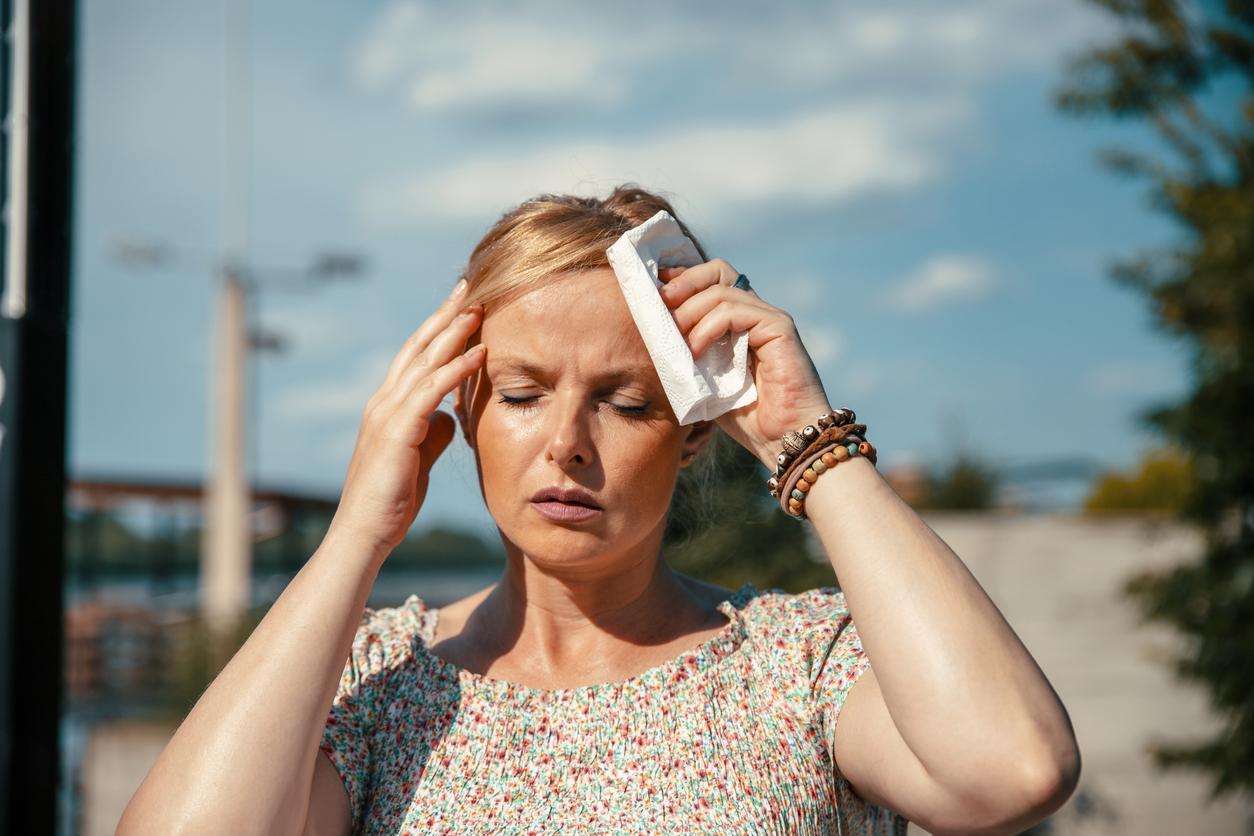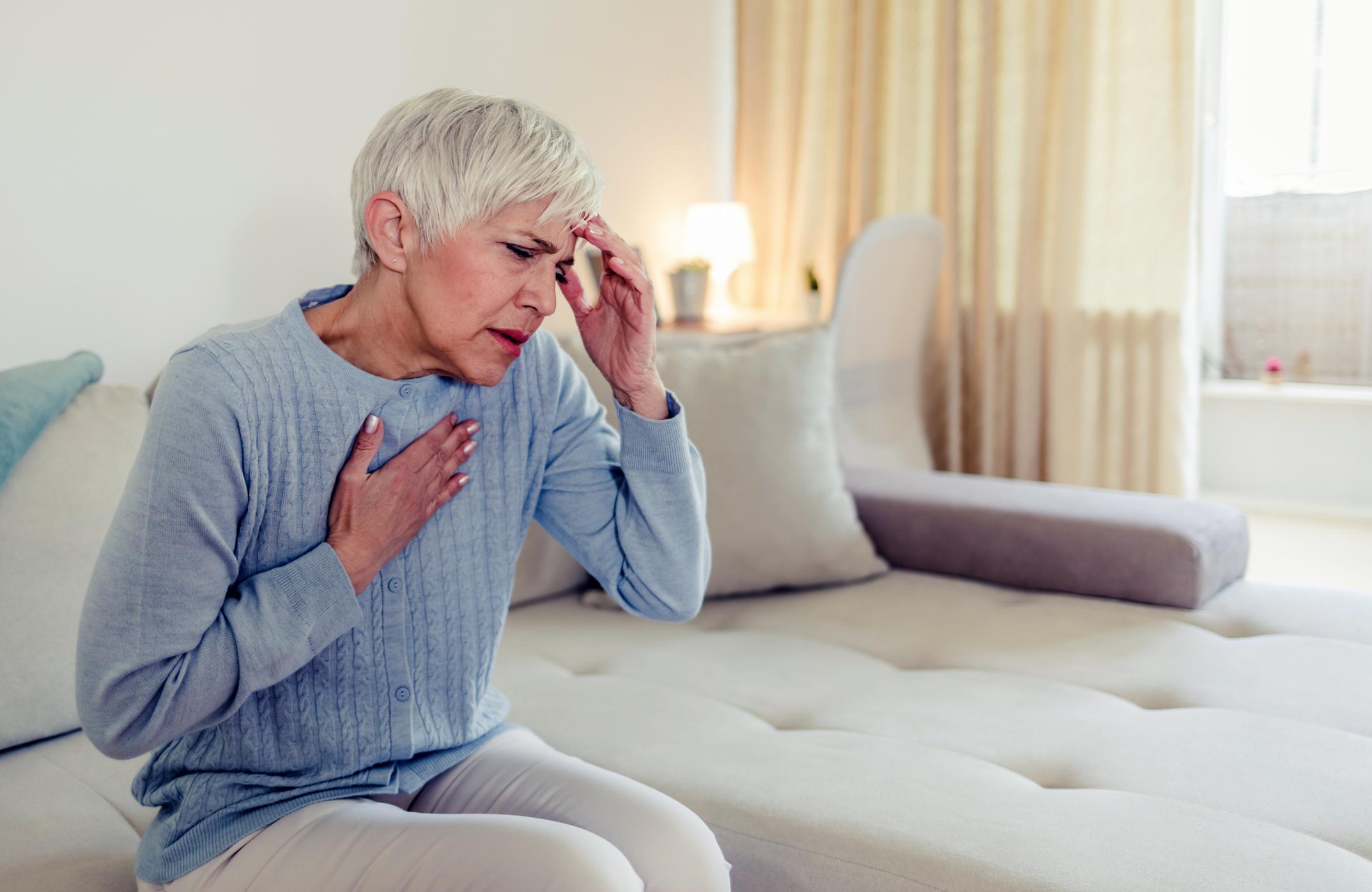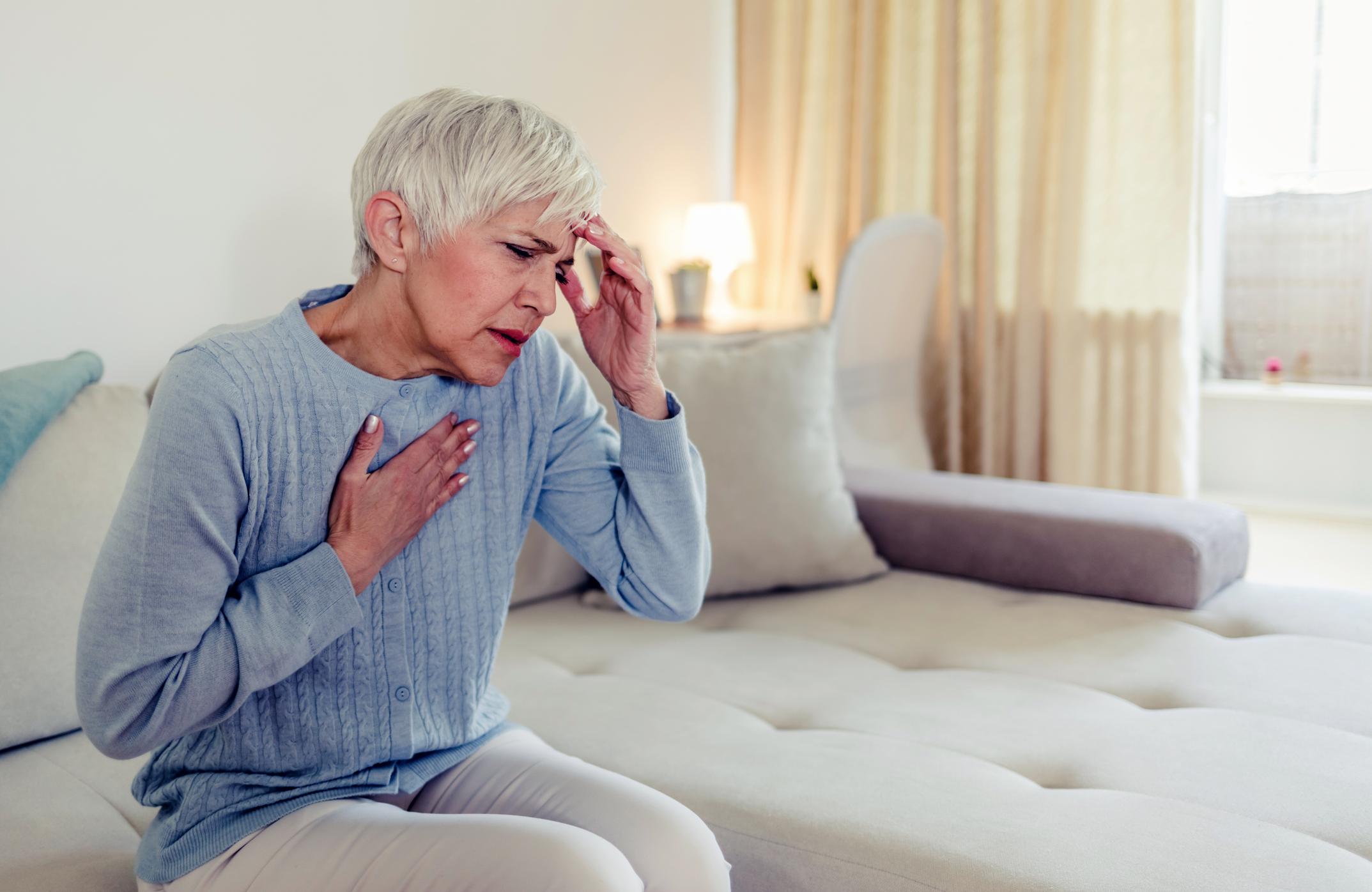Experts have revealed that the risk factors and symptoms of a stroke are different depending on gender.

- Risk factors and symptoms of a stroke may be different between women and men.
- Certain complications occurring during pregnancy can increase the risk of stroke throughout the patient’s life.
- The female population tends to recover less well after a stroke compared to men.
A stroke is characterized by the sudden loss of brain function. This stroke can have serious consequences for each person, but the risks and symptoms may differ between men and women. For American Heart Association News, several health professionals returned to these main differences.
Pregnancy complications increase stroke risk
Smoking, cholesterol and even diabetes are risk factors for stroke. However, it is high blood pressure that has the greatest influence on the risk of having a stroke. “Research has shown that a woman whose systolic blood pressure is between 120 and 129 has the same risk of stroke as a man whose systolic blood pressure is between 140 and 149.”said Dr. Cheryl Bushnell, professor of neurology and vice president of research at the Wake Forest University School of Medicine in Winston-Salem (United States), Medical Press.
Complications occurring during pregnancy can also increase the risk of stroke. This is particularly the case for pre-eclampsia, a common disease in pregnant women associated with high blood pressure. If left untreated, this pathology can lead to a stroke during pregnancy, but it also increases the risk of stroke throughout the patient’s life. Other conditions like premature birth or gestational diabetes can lead to an increased risk of stroke later in life.
We speak of early menopause when the periods disappear permanently before the age of 40. According to the experts interviewed, a woman experiencing early menopause has a higher risk of stroke than a woman who goes through menopause at the age of 50-55.
Women recover less well after a stroke
According to a study published in the journal Stroke in 2020, the risk of stroke is significantly higher among young women aged 25 to 44 than among men in the same age group.
Generally speaking, women have a longer life expectancy than men. According to the authors of the article, they are therefore more likely to suffer a stroke during their lifetime. “Women tend to be about six years older than men when they have their first stroke (…) This could partly explain why stroke tends to be more debilitating in women,” explained Doctor Tracy Madsen, associate professor of emergency medicine and epidemiology at Brown University in Providence (United States).
Another difference between men and women: the female population tends to recover less well after a stroke. Female patients have a lower quality of life than men, and are less likely to regain full capacity.
Researchers also pointed to ethnic disparities in the risk of having a stroke. According to the Office of Minority Health of the U.S. Department of Health and Human Services, black women are twice as likely to have a stroke compared to white women. For health professionals, these discrepancies are explained by the fact that there are problems of access to health care and other social factors, which can influence care.

How to prevent a stroke?
To protect yourself from the risk of stroke, it is recommended to have a healthy lifestyle (regular physical activity, healthy diet, etc.) and to reduce exposure to toxic substances (smoking, alcohol consumption, etc.). Maintaining blood pressure, blood sugar and cholesterol at normal levels also helps prevent strokes.
















